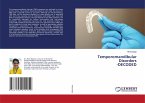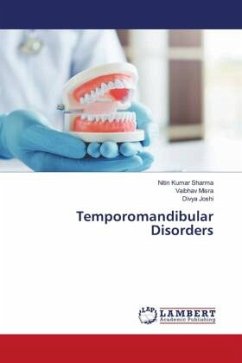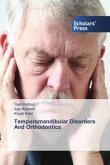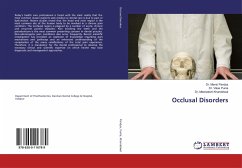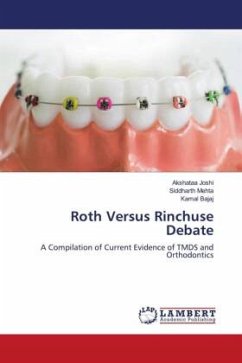The masticatory system is very complex because it is made up of multiple structures that coordinate different orofacial functions. They usually function without complication, but if any of these is affected, pathology can develop. Through time, different authors have tried to identify these disorders under different terms. Bell in 1982 proposed the term temporomandibular disorders (TMDs) defined by Okeson as the collective term that encompasses a minimum of clinical problems in the masticatory musculature, the temporomandibular joint and its associated structures. Prevalence studies estimate that 60-70% of the general population has TMDs and indicate that they generally affect more females (70-90%) and usually occur between the second and fourth decade of life. It has been observed that mandibular muscular disorders are the most frequent. The etiology of TMDs is multifactorial, with factors such as trauma, anatomical or pathophysiological alterations, genetic and psychosocial aspects.
Bitte wählen Sie Ihr Anliegen aus.
Rechnungen
Retourenschein anfordern
Bestellstatus
Storno



